The name of this historic inn was perpetuated when it became a Wetherspoon pub in 2010. The Bear has been on this site since 1845. Previously, it was at the corner of Park Street and High Street. The Bear is recorded in 1489, when the landlord charged ‘an unlawful price for provisions’. In the early 19th century, it was one of the town’s main coaching inns, but was converted into a private house in 1845.
Prints and text about King Charles I.
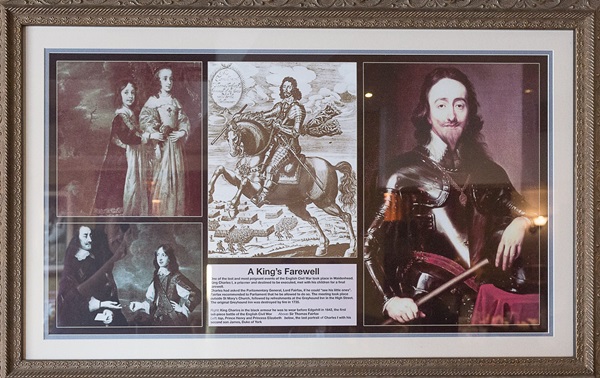
This text reads: One of the last and most poignant events of the English Civil War took place in Maidenhead. King Charles I, a prisoner and destined to be executed, met with his children for a final farewell.
Charles had asked for the Parliamentary General, Lord Fairfax, if he could “see his little ones”. Fairfax recommended to Parliament that he be allowed to do so. The meeting took place outside St Mary’s Church, followed by refreshments at the Greyhound Inn in the High Street. The original Greyhound Inn was destroyed by fire in 1735.
Right: King Charles in the black armour he was to wear for Edgehill in 1642, the first set-piece battle of the English War
Above: Sir Thomas Fairfax
Left: top, Prince Henry and Princess Elizabeth
Below: The last portrait of Charles I with his second son James, Duke of York.
Prints and text about Maidenhead Bridge.

This text reads: Two famous couples arranged to meet at Maidenhead Bridge, but for quite different reasons. On 13 June, 1785, Warren Hastings chose it as the scene of his reunion with his wife. In 1811, the future King William IV curtly summoned Mrs Jordan here to dismiss her.
Warren Hastings rose to eminence in the East India Company. In 1773 he became the first Governor-General of India. He returned to England in 1785 with a fortune, but was impeached for murder and extortion. The prosecution lasted from 1788 until 1795, when Hastings was acquitted, but left impoverished.
The Irish actress, Dorothea Jordan, was for 20 years the mistress of the Duke of Clarence. They had at least ten illegitimate children, all surnamed FitzClarence. When William became heir to the throne, he broke with her. In 1815 she fled to France and died in poverty near Paris a year later.
Top right: Mrs Jordan as Rosalind, c1787
Right: Prince William Henry when Duke of Clarence
Top left: Warren Hastings when Governor General of Bengal
Left: Mrs Hastings.
Photographs and text about the Great Western Railway.

The text reads: When the Great Western Railway was planned in 1835, Maidenhead was chosen as the first terminus. Isambard Kingdom Brunel was appointed as engineer, and three years later the line from Paddington to Maidenhead was complete. Stephenson’s locomotive North Star pulled the first train on 31 May, 1838. The official opening was on 4 June.
A year later Brunel’s famous railway bridge over the Thames was completed, and the line pushed on to Reading, and then to Bristol. Almost overnight, the coach trade, Maidenhead’s lifeblood, came to an end. However, a new commuter population flooded in, and businesses followed them to meet their needs.
Above: Isambard Kingdom Brunel, engineer for the Great Western Railway, 1833-59
Top left: A reconstruction of the occasion in 1838 when the first GWR locomotive, the North Star, departed from Maidenhead Riverside terminus
Left: Brunel’s bridge at Maidenhead; brick-built and with the widest brick span arches in the world, it opened in 1839
A photograph of Maidenhead Bridge and the toll gates that led to Bridge Street, c1895.
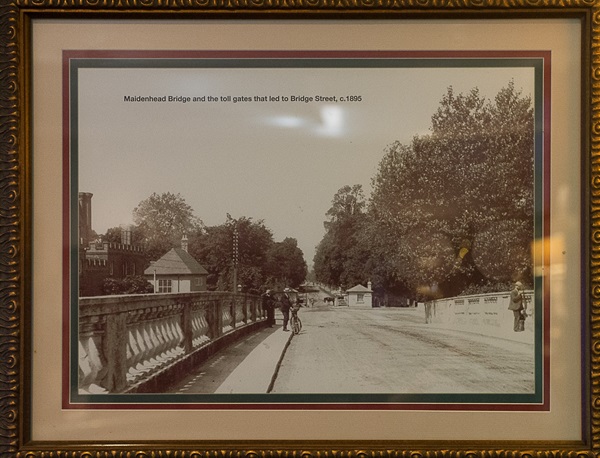
A photograph of Chapel Arches, c1910. Maidenhead’s first cinema, the Bridge Street Picture Theatre (later the Ritz), is in the middle distance.

An illustration and text about Chapel Arches, c1810.
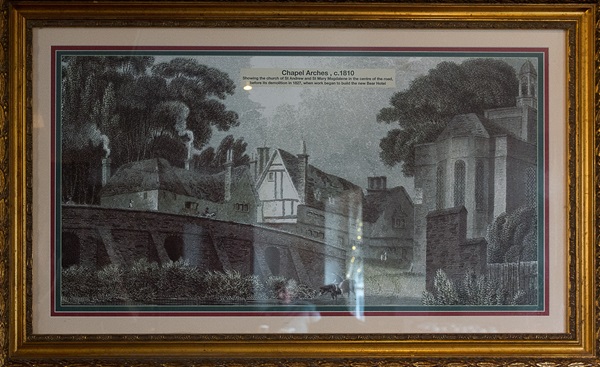
The text reads: Showing the church of St Andrew and St Mary Magdalene in the centre of the road, before its demolition in 1827, when work began to build the new Bear Hotel.
An illustration of passengers waiting for the Stage Coach.
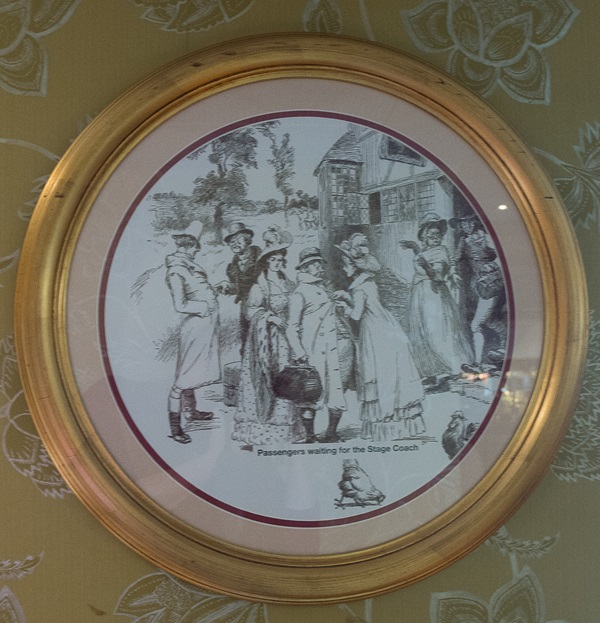
A print of Maidenhead, with a view from Boulter’s Lock.

External photograph of the building – main entrance.
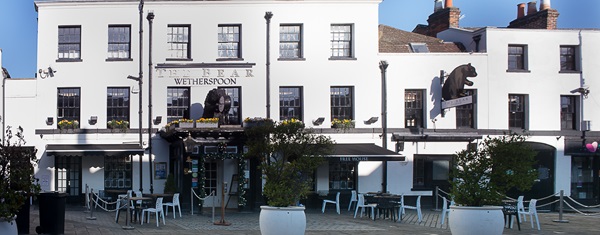
If you have information on the history of this pub, then we’d like you to share it with us. Please e-mail all information to: pubhistories@jdwetherspoon.co.uk